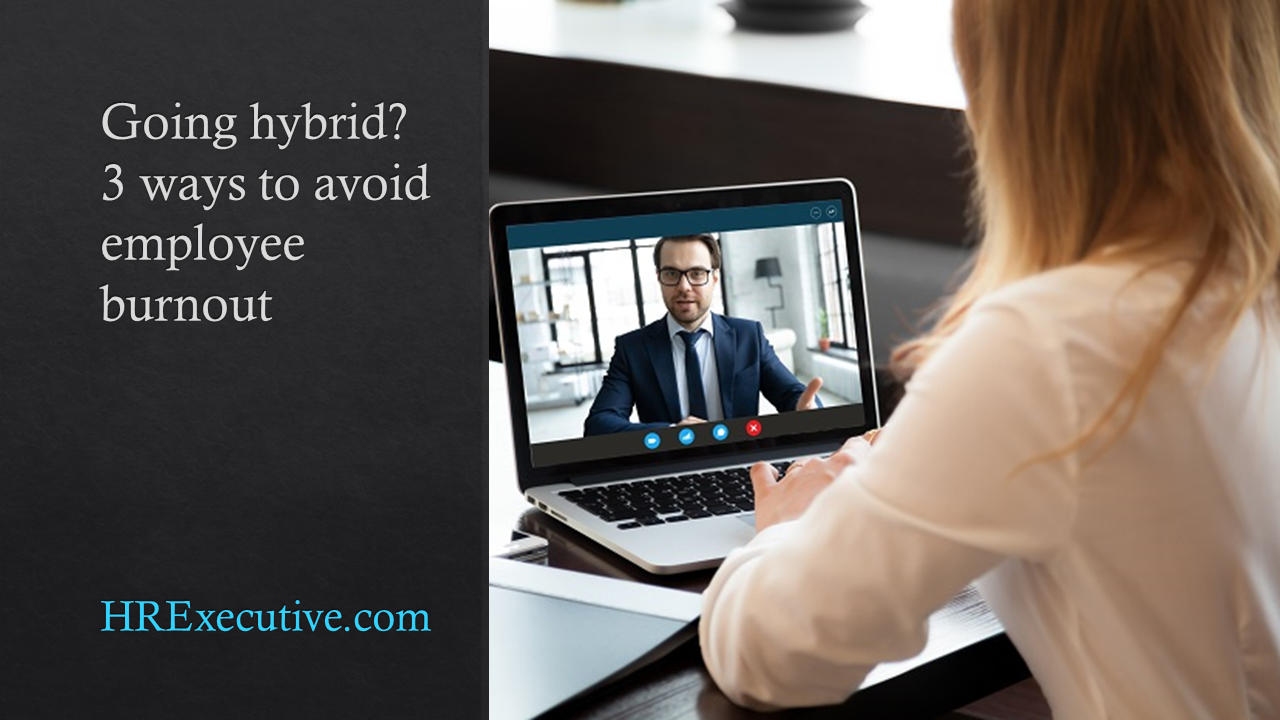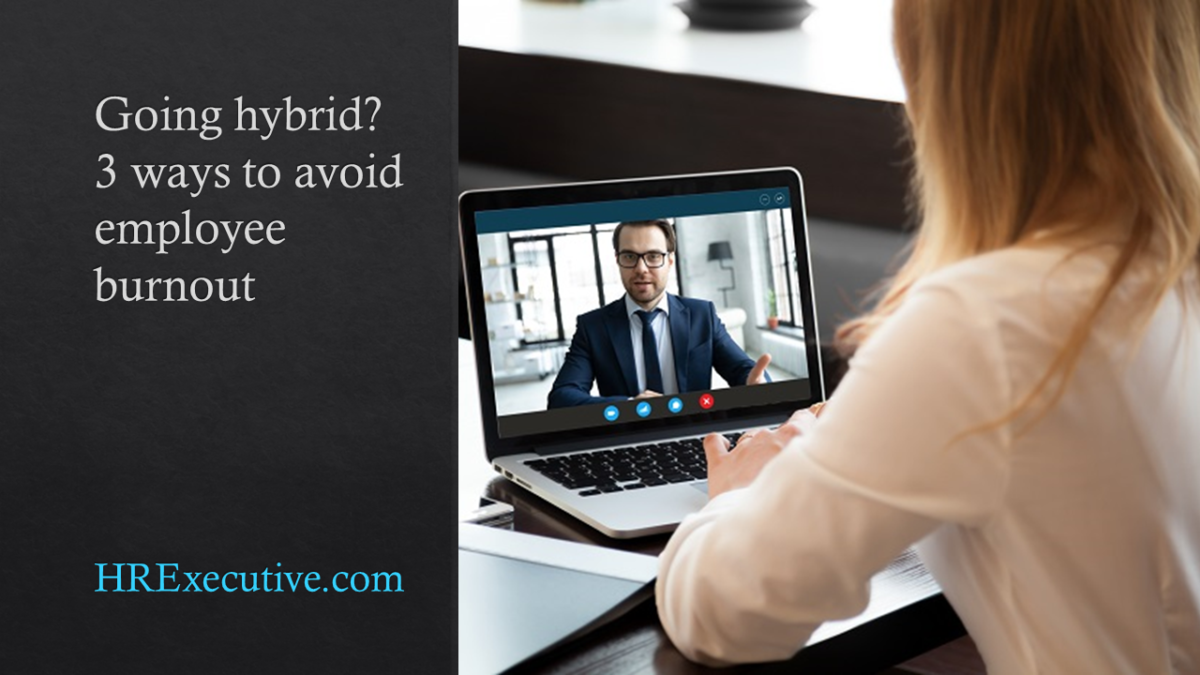Twelve years ago, Michael Levitt had his own “year of worst-case scenarios.”
After spending nearly two years working 6 a.m.-11 p.m. daily at a healthcare start-up—leading to a sedentary lifestyle, a diet that included lots of fast food and constant stress—he suffered a heart attack that doctors said should have killed him. A few months later, he lost his job in the Great Recession. Faced with heart medication that cost him $1,000 a month, bills went unpaid and his family’s car was repossessed and their house was foreclosed on.
“All of those things happened because I was burned out,” he said during a Spotlight Session at last week’s Health & Benefits Leadership Conference. “My burnout created all of those scenarios. It nearly killed me, and it financially devastated me.”
Michael Levitt
But, said Levitt, the founder and chief burnout officer of The Breakfast Leadership Network, that year of turmoil is also the best thing that ever happened to him, a message he thinks all HR leaders need to hear.
“It gave me the wake-up call to say, ‘I’m not going to be flirting with burnout anymore,’ ” he said. “I have to approach things differently for when I work and when I don’t work and what I work on. I need to take care better care of myself. I need to do things in life I enjoy doing.”
All of those are part of the recipe he advises for organizations looking to help their workforces avoid burnout, which Levitt defined as a “state of emotional, physical and mental exhaustion caused by excessive and prolonged stress.” While employee burnout is certainly not new, it’s reached new heights given the complications of the pandemic.
One of the most common factors that influences burnout is a lack of boundaries. When most employees went remote last year, that became even more of a concern, as remote workers lack the visual cues—leaving the office, driving home—that allow the mental separation between work and home. Smartphones are another aggravating factor, Levitt said, with emails pinging at all hours of the day and night keeping employees constantly mentally connected to work.
For employers concerned about the consequences of burnout for their workforce, Levitt advises that leaders guide employees toward better boundaries. He advocates for a holistic approach, focused on financial, material, physical, emotional and mental boundaries.
For instance, while last year’s presidential election inflicted stress for most, those who chose to dive into constant cable news coverage likely suffered more.
 “When you consume negative and stressful situations, your body takes that on and carries it forward, and that means the body doesn’t have time to address the other things it needs to address,” Levitt said. “Consume news in a way that you can be informed; don’t let it consume you.”
“When you consume negative and stressful situations, your body takes that on and carries it forward, and that means the body doesn’t have time to address the other things it needs to address,” Levitt said. “Consume news in a way that you can be informed; don’t let it consume you.”
See also: Employee anxiety about returning to the office is sky-high. Now what?
Levitt offered several other quick fixes for those looking to reduce their own risk for burnout and that of their employees:
- get restful sleep
- eat healthier
- prioritize self-care
- do two or three things you love every week
- reconnect with your life goals
- get active
Levitt recommends that people treat stress-reducing activities just as they would work commitments. Find time in your calendar each week to schedule time for self-care—and consider those appointments like you would your most important work meeting. While a lack of time is often cited as the reason for neglecting self-care, Levitt suggests iPhone users check their screen time log so they can see where they’re actually investing downtime and reallocate it to enriching activities.
These are all practices that business leaders can model and encourage their workers to practice in order to create a healthier workforce.
“Organizations and individuals,” Levitt said, “need to work together to prevent burnout giving someone a year of their own worst-case scenarios.”
*
Conference sessions will be available on-demand through June 11. Register here if you haven’t. Click here to view this entire session.
